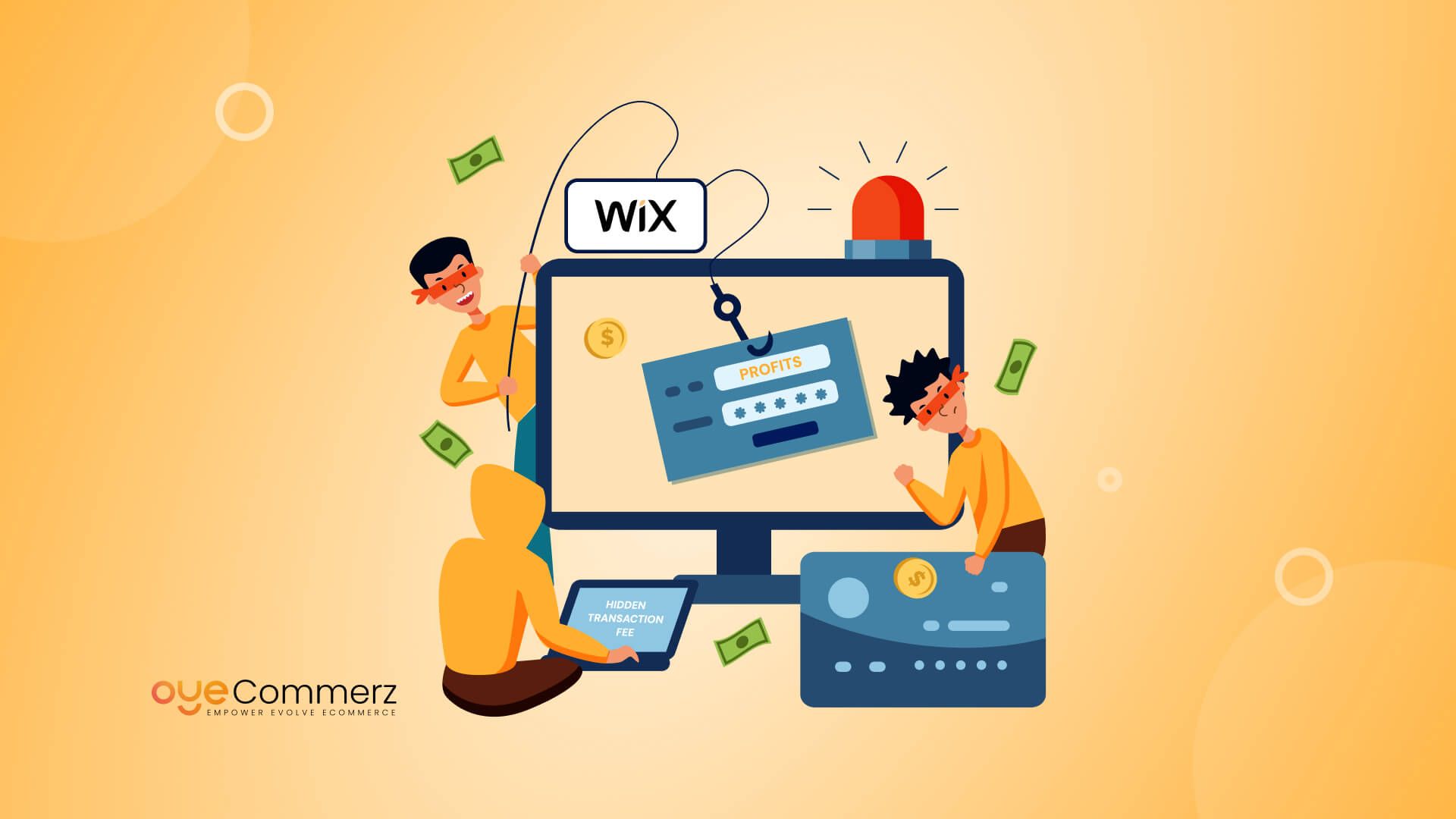In the current digital environment, choosing the appropriate e-commerce solution is crucial for enterprise success. If you are presently using Wix but thinking about a move to Shopify, you're not alone. Many businesses are transitioning to Shopify to take advantage of its robust capabilities, expandability, and dedicated e-commerce tools. This guide will walk you through the migration process, guaranteeing a smooth transition and setting you up for e-commerce achievement.
Why Switch from Wix to Shopify?
Before diving into the transition process, it's important to recognize why Shopify could be a superior choice for your e-commerce requirements:
- E-commerce Focus: Unlike Wix, which caters to various use cases, Shopify is designed exclusively for e-commerce, providing advanced features and functionalities optimized for online selling.
- Scalability: As your company grows, Shopify can easily handle higher visitor volumes and sales volume without compromising performance.
- Wide-ranging App Ecosystem: Shopify offers a vast library of apps that can boost your store's functionality, from marketing tools to inventory management solutions.
- Search Engine Optimization: Shopify offers superior SEO options, which can assist in boosting your store’s presence on Google and others.
- Transaction Methods: With multiple payment gateways supported, including Shopify Payments, you can offer shoppers a wide range of options.
Getting Ready for Transition
To guarantee a smooth migration from Wix to Shopify, adhere to these preparatory steps:
1. Backup Your Data
Export all your information from Wix, including item information, customer information, and order history. This step is crucial as it guarantees you have a copy of all data before initiating the migration.
2. Select a Pricing Option
Assess the various Shopify plans offered and select one that best suits your company’s needs. Take into account factors such as costs, Import customer information features included, and growth potential.
3. Set Up Your Shopify Account
Create your Shopify account and familiarize yourself with the platform’s dashboard and tools.
The Transition Process
Now that you're ready, it’s time to transfer your store from Wix to Shopify. Here’s how:
1. Import Products
Use Shopify's built-in import tool or external migration apps like Cart2Cart or LitExtension to move your products from Wix to Shopify.
Make sure that product descriptions, pictures, prices, and variants are correctly imported.
2. Migrate Client Information
Import customer information such as names and contact info into your new Shopify store. This process is vital for retaining customer relationships and advertising strategies.
3. Configure Transactions
Set up transaction methods in your Shopify store Shopify app library to ensure seamless payments. You can choose from multiple platforms like credit cards, PayPal, and more.
4. Personalize Your Store Design
Choose a design that reflects your brand identity. Customize it using Shopify's customization options to create an attractive and intuitive shopping experience.
5. SEO Optimization
Apply SEO strategies during the transition process:
- Set up 301 redirects from old Wix URLs to new Shopify URLs.
- Enhance item names, descriptions, and images with targeted search terms.
- Modify meta tags and alt texts for improved search engine visibility.
Post-Migration Steps
Once your store is active on Shopify, consider these post-migration steps:
1. Test Your Store
Conduct comprehensive testing of your new store:
- Verify product pages for accuracy.
- Verify transaction methods.
- Ensure all links work correctly.
2. Launch Marketing Campaigns
Broadcast your new store launch through newsletters and social platforms.
Think about offering special offers or sales to draw shoppers.
3. Monitor Performance
Use analytics tools within Shopify to monitor revenue growth and customer behavior.
Modify your strategies based on data insights.
Conclusion
Migrating from Wix to Shopify can substantially enhance your e-commerce capabilities and lay the foundation for growth and success. By adhering to this guide and taking a step-by-step approach to the migration process, you can guarantee a seamless move that minimizes downtime and boosts opportunities for sales. Welcome the change and see your online business thrive on its new platform!
